This is a common topic that we get asked about on a daily basis. And as insurance companies become more stringent with their requirements of what can or cannot be covered during a varicose vein procedure, we thought it would be important to address this subject once again.
Varicose veins are abnormal, dilated branches of the main veins in your legs. These are generally on the skin surface or just under it. Varicose veins develop when valves in your legs fail, allowing blood to pool and causing veins to stretch and bulge.
Atherosclerosis is a process that affects the arteries and can lead to heart disease, stroke, leg pain and other serious health problems like amputations. It occurs when plaque builds up inside the arteries, making them narrower and therefore, decreases blood flow to those areas of the bodies. This blog post will[…]
The most typical indication of lower-extremity peripheral artery disease is severe muscular cramps in the pelvis, quadriceps, or legs, which occur while walking, stair climbing, or doing other physical activities.
Having to deal with varicose and spider veins are not a pleasant experience for anyone. They can significantly impact your life both physically and emotionally, which may also lower your self-esteem.
Varicose veins, spider veins, and reticular veins may be a cosmetic concern for some people, but for others, it can be quite painful and affect their quality of life. Vein disease is very common with over 80 million people in the United States suffering from some type of vein issue. Even though they may seem the same,[…]



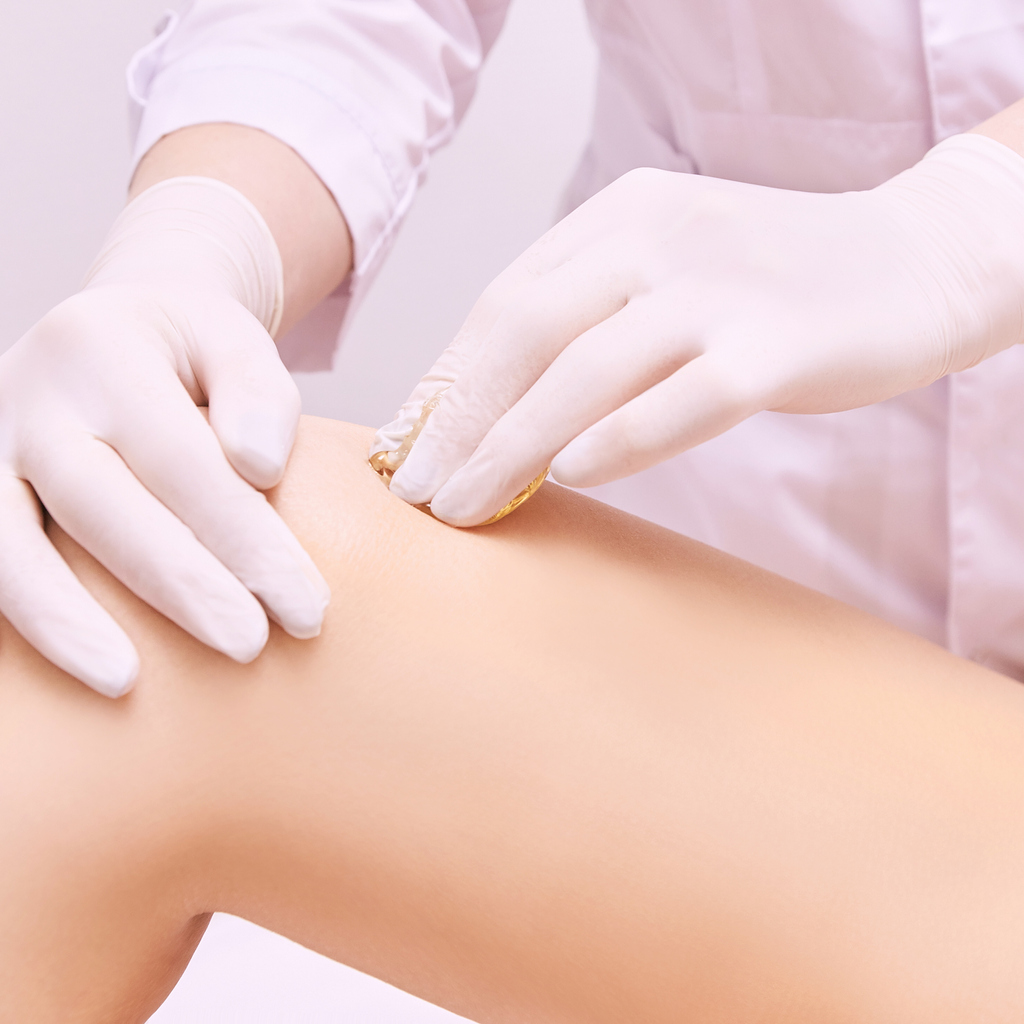
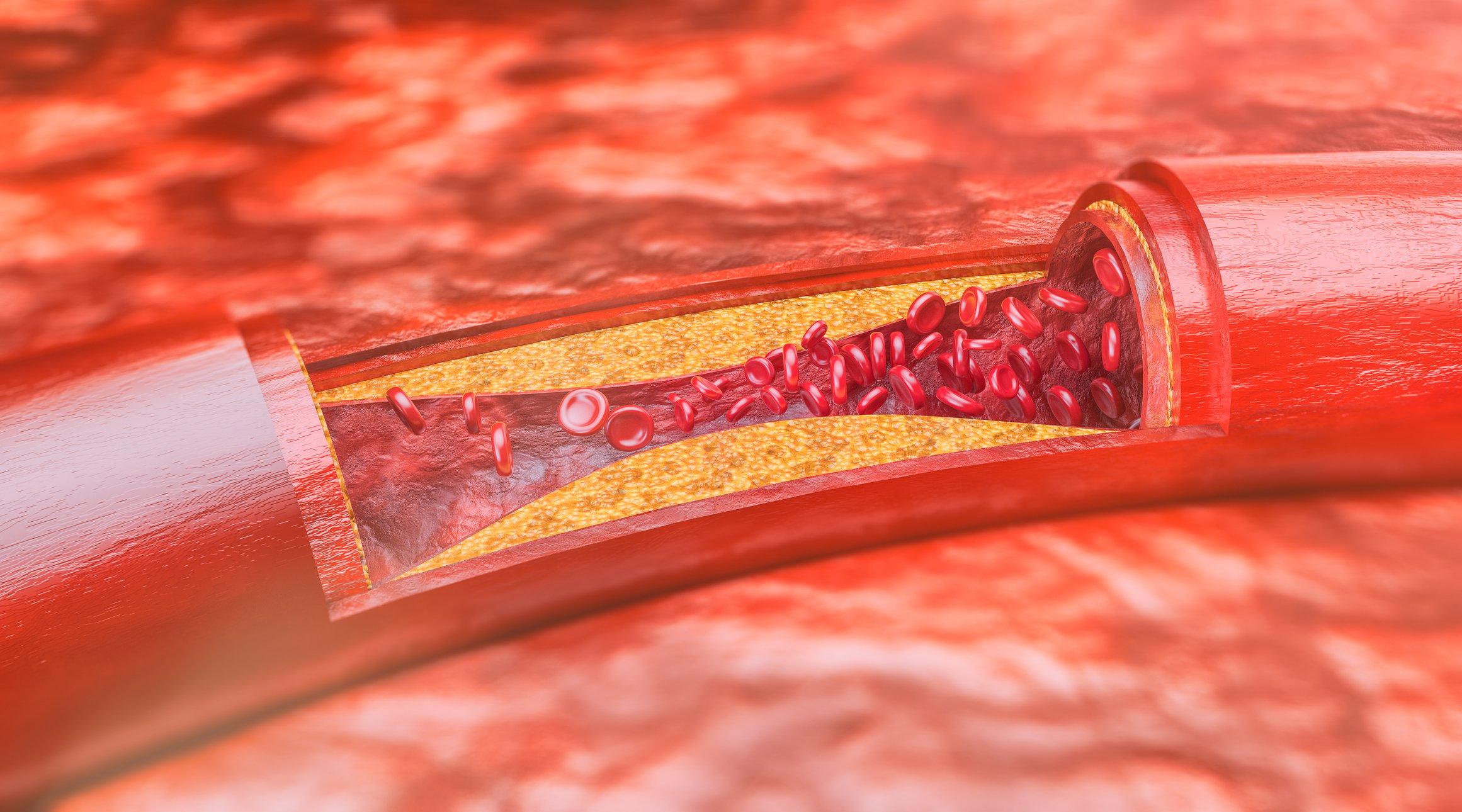
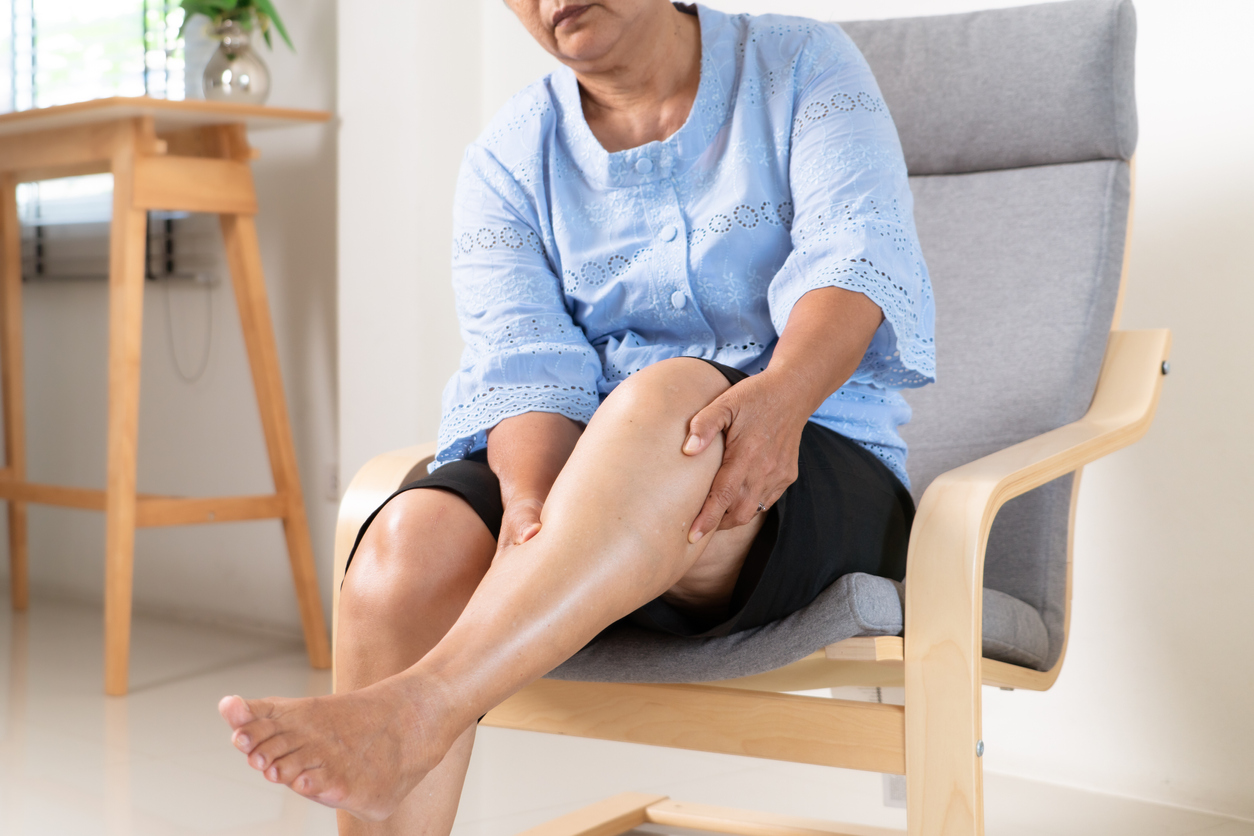
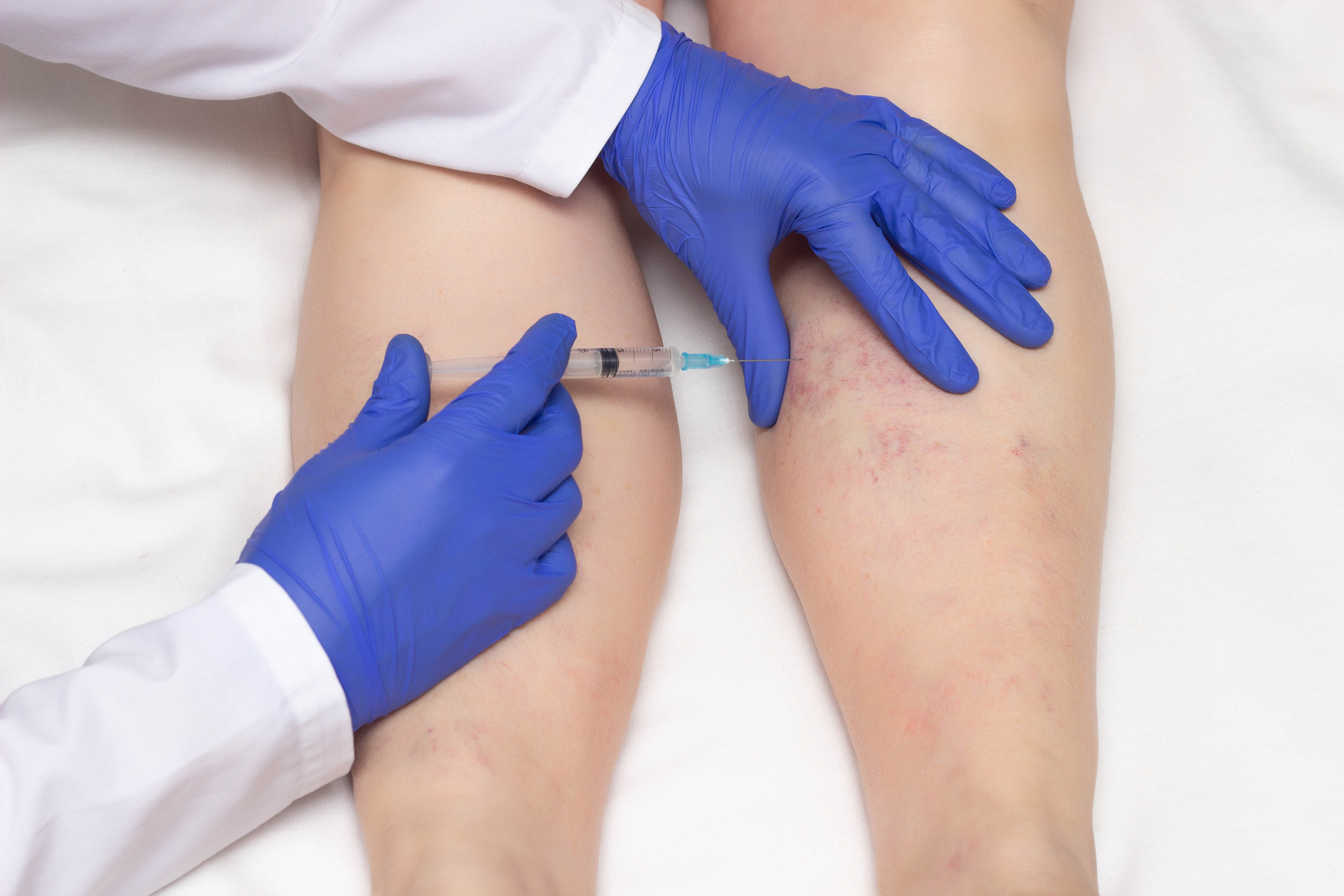
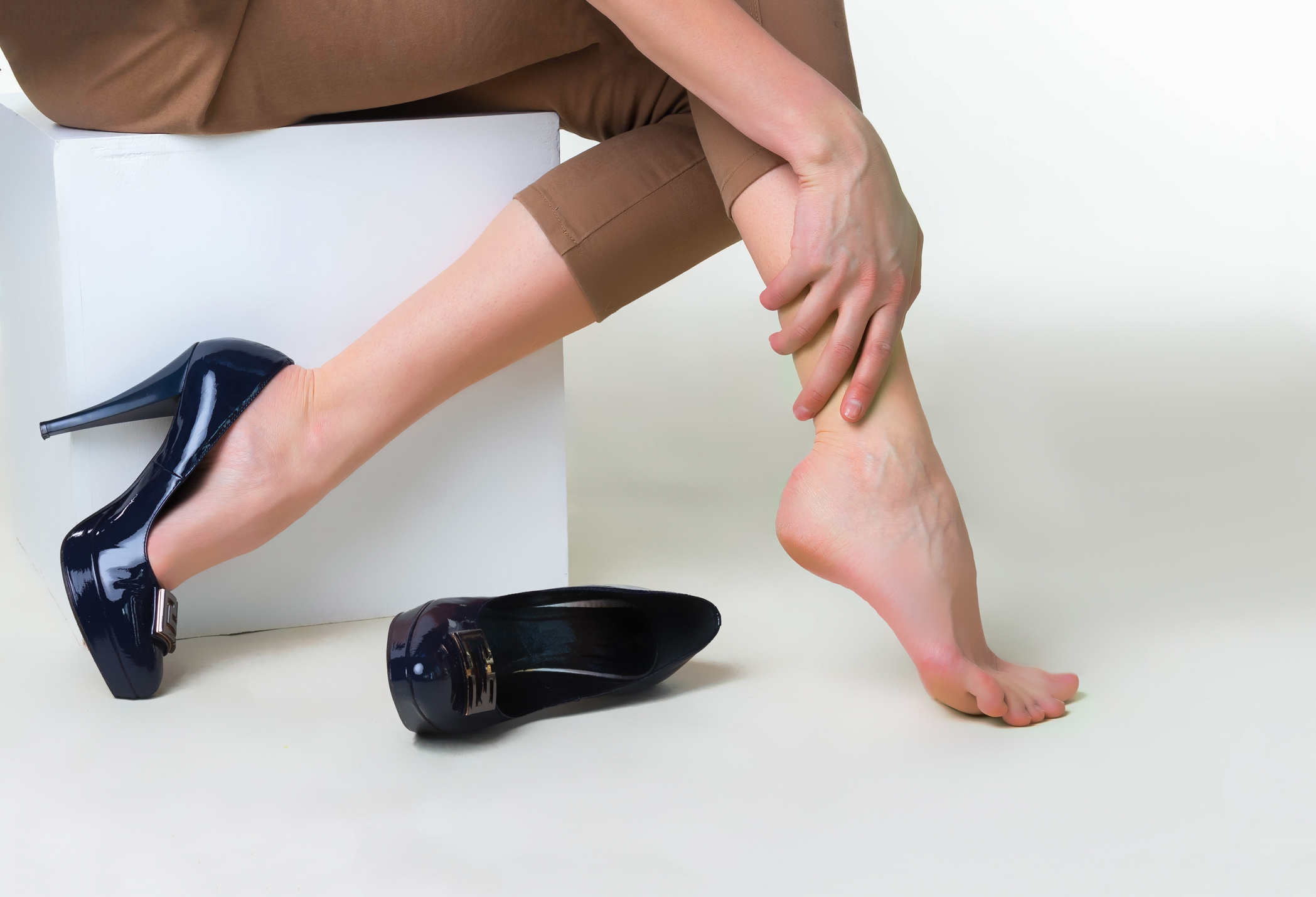



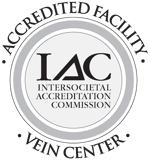
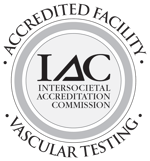
.jpg?width=944&name=Castle-Connolly-Top-Doctors-Emblem-Large%20(4).jpg)